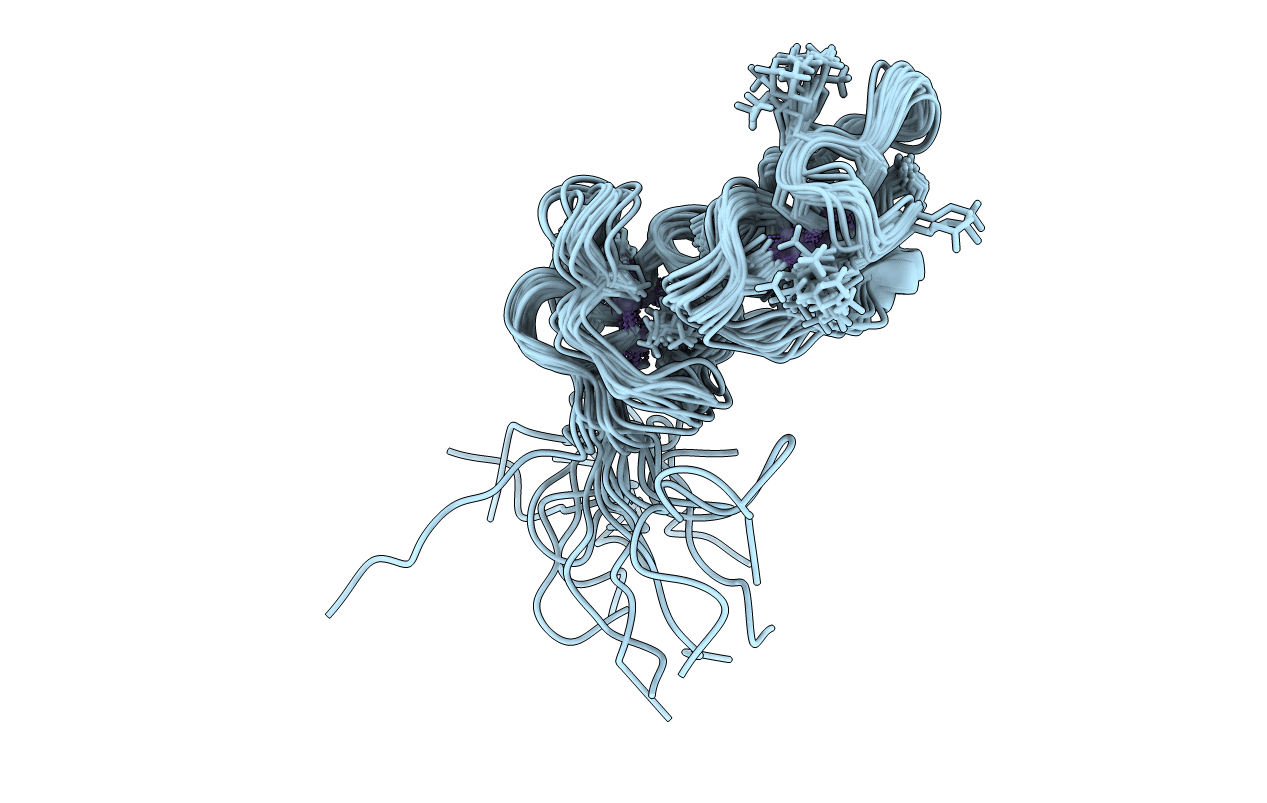
Deposition Date
2019-01-28
Release Date
2019-12-18
Last Version Date
2024-06-19
Entry Detail
PDB ID:
6QK5
Keywords:
Title:
Solution Structure of the Zn-loaded form of a Metallothionein from Helix Pomatia
Biological Source:
Source Organism:
Helix pomatia (Taxon ID: 6536)
Host Organism:
Method Details:
Experimental Method:
Conformers Calculated:
100
Conformers Submitted:
20
Selection Criteria:
structures with the lowest energy


